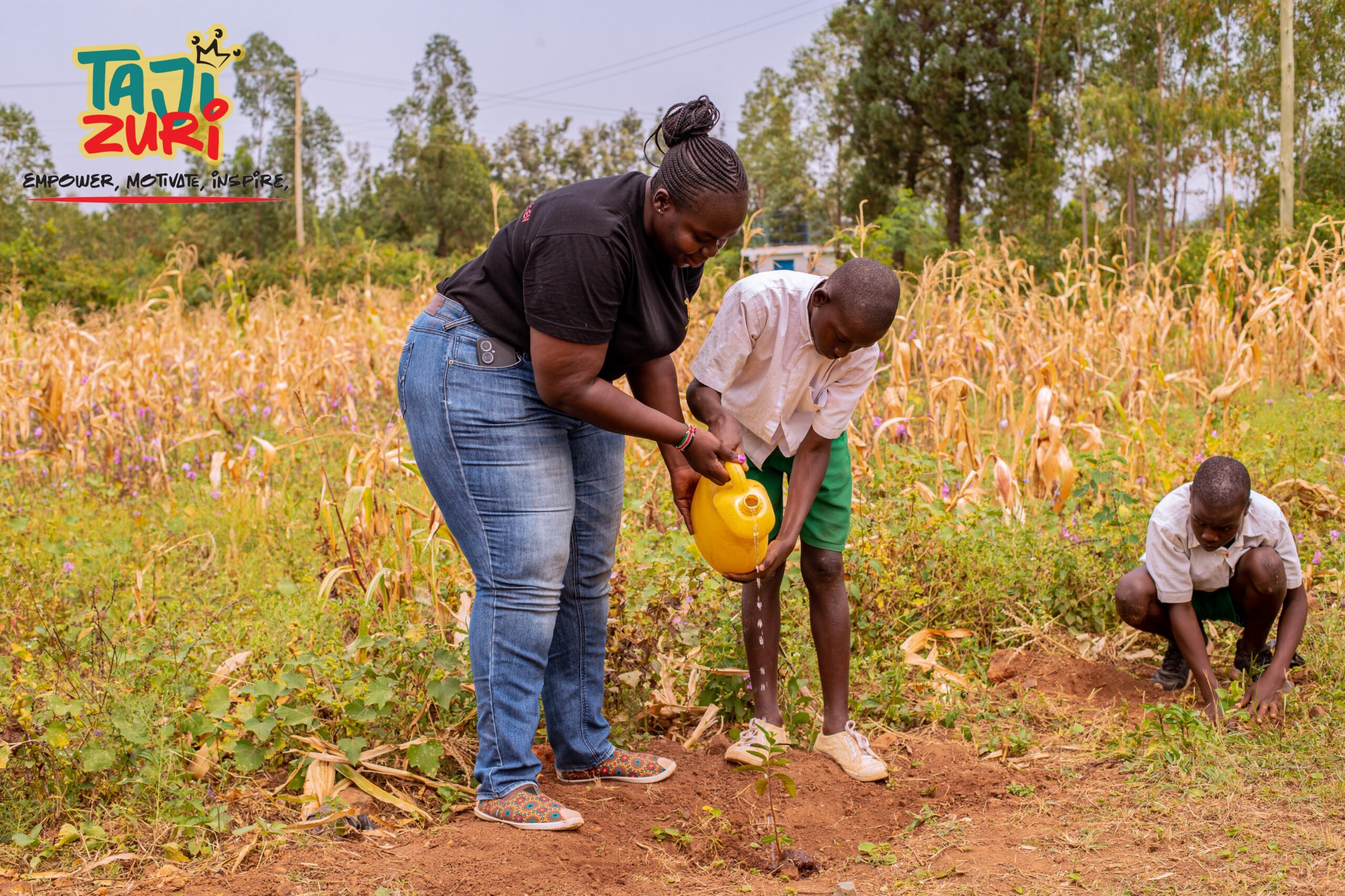Introduction
Tree planting has become a critical environmental conservation strategy globally, with a focus on biodiversity restoration, and sustainable livelihood. According to the Food and Agriculture Organization, the world loses million hectares of forests each year, prompting global campaigns such as UN Decades of Ecosystem Restoration, which encourages massive tree planting. Despite billions of trees planted through global initiatives, a significant number fail to survive due to poor planning, lack of care, and environmental stress.
Background
In Africa, tree planting is central to initiatives like the great green wall, which aims to restore a hundred million hectares of land across the Sahel region by 2030. However, the region struggles with harsh climatic conditions, insufficient funding, and weak implementation strategies.
In Kenya, the government has pledged to plant billions of trees by 2032 as part of its climate action plan. While the ambition is commendable, Kenya faces issues such as deforestation, encroachment on forest land, and poor community engagement.
At the county level, Homabay has embraced tree planting through schools, community groups, and conservation partners. Yet, low survival rates of seedlings, inadequate follow-up, and limited awareness among locals continue to hinder long-term success.
Perspectives on Tree Planting
Global Landscape
Worldwide, tree planting is promoted as a nature-based solution to climate change and environmental degradation. Countries like China face challenges due to issues like monoculture plantations and insufficient post-planting care. Global efforts, such as the Trillion Trees initiative, aim to restore forest ecosystems, but experts caution that planting alone is not enough without sustainable management.
Regional overview: Africa and East Africa
In East Africa, countries like Ethiopia have achieved impressive records, such as planting 350 million trees in a single day. However, survival rates remain low due to droughts, poor species selection, and limited community participation. Many African nations lack the infrastructure and funding for long term tree care and monitoring. The pressure on land for agriculture and grazing further complicates reforestation efforts.
National Context: Kenya
Kenya’s tree planting initiatives are backed by government policies and public campaigns like the National Tree Planting Day. However, key challenges include deforestation for charcoal production, urbanization, and lack of technical knowledge on tree species suitable for different ecosystems.
County Perspective (Homabay)
In Homabay county, tree planting efforts are often coordinated through schools, churches, and local NGOs. Projects supported by the Ministry of Environment and local environmental clubs focus on rehabilitating degraded lands and riverbanks. However, challenges include poor soil conditions, overgrazing, limited funding for seedling care, and minimal community ownership. Long-term success depends on education, regular monitoring, and incentives for local farmers and youth groups.
General Importance Of Trees in The Community
Environmental Benefits: Trees absorb carbon dioxide, provide oxygen, and regulate temperature and rainfall patterns.
Biodiversity Conservation: Trees support wildlife by offering habitat and food sources. Both wild animals and trees depend on each other, trees depend on the waste product from the animal for better growth while the animals also depend on trees for food and shelter.
Soil Protection: Roots help prevent soil erosion and improve soil fertility. During the rainy season, there is a lot of flooding which always carries the top soil leaving the soil bare. However, when trees are planted, they help to trap the soil and it does not lose its fertility, on the other hand, the leaves can also be used as manure for planting crops.
Water Conservation: Forested areas enhance water retention and protect water catchment; this helps the communities to have enough water for domestic purposes.
Livelihoods: Trees provide timbers, fruits, medicine, and fuelwood. Community members are able to construct their houses easily and other structures using timbers from the forest, other common diseases are also preventable using the medicine made from the trees; on the other hand, the fruits being harvested from the trees are source of income since people sell them to get cash, they are also good for general human health.
Aesthetic and Health value: Green spaces promote mental health and beautiful surroundings. Trees usually decorate our environment and make it attractive; at the same time, it makes the air clean by absorbing carbon (IV) oxide and giving out oxygen for breathing in. Lastly trees make our surroundings cool and prevent the sun from reaching the ground, this helps grasses not to dry up hence no dust that can affect human lives.
Challenges Faced in Tree Planting and The Solutions
- Climate challenges such as floods, droughts, and extreme weather disrupt growth.
Solution: This can be solved by planting trees during the rainy season and using mulching to retain moisture.
- Lack of community involvement means that locals may see projects as external or irrelevant.
Solution: Involve local leaders, schools, and youth groups in planting and implementation.
- Low seedling survival which is caused by poor maintenance, pests, and drought which make young trees to die.
Solution: Train communities on care techniques, establish watering schedules, and use drought-resistant species.
- Limited Awareness: Some people lack understanding of the importance of trees
Solution: Conduct community sensitization programs and include environmental education in schools.
- Deforestation Pressure: Charcoal production and land clearing for farming reduce tree cover.
Solutions: Promote alternative energy sources and agroforestry practices that integrate trees with crops.
- Overgrazing and Encroachment: livestock damage young trees in open areas
Solution: Use fencing or live barriers to protect seedlings and create community grazing zones.
- Wrong Species Selection: Non-native or unsuitable species may fail to thrive.
Solution: Engage forestry experts to guide species selection based on soil and climate.
- Inadequate Funding: Resources for seedlings, tools, and care may be limited.
Solution: Mobilize funds through government grants, NGOs, and public-private partnerships.
Conclusion
Tree planting is a powerful tool for environmental restoration and community development, but its impact depends on more than just digging holes and planting seedlings. For meaningful and sustainable change, global to local efforts must address the practical challenges in implementation, maintenance, and community ownership. By aligning scientific knowledge, local participation, and proper resource allocation, tree planting projects can thrive and contribute meaningfully to the fight against climate change.




